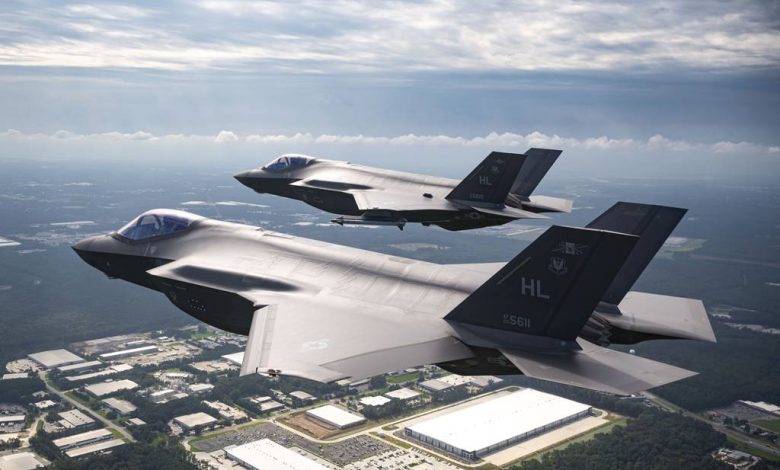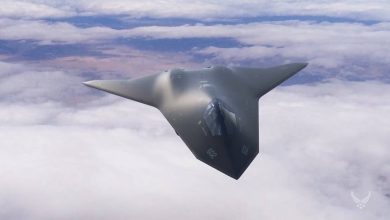How many F-35s to buy? Draft defense bills disagree

The Senate’s proposed National Defense Authorization Act would leave the military’s planned purchases of 68 F-35 Joint Strike Fighters in fiscal 2025 unchanged.
The chamber’s draft NDAA, which members of the Senate Armed Services Committee unveiled Friday, represents the latest of three different approaches lawmakers are taking to F-35 purchases for next year, which must be reconciled at some point.
The Air Force’s FY25 budget proposal requested money to buy 42 F-35As, and the Navy and Marine Corps budgets would buy 13 F-35Bs and 13 F-35Cs.
The House’s version of the NDAA would drastically slash F-35 purchases, cutting the initial order down to 58. That bill, which the House narrowly approved Friday, would then bar the Pentagon from accepting delivery of 10 of those remaining jets until it shows problems with the F-35 are fixed.
But the House’s proposed defense appropriations bill, a separate piece of legislation, would add eight more F-35s — two F-35A and six F-35C jets — for a total of 76 new fighters in FY25.
House Armed Services Committee staffers said members of the panel “have grown frustrated with the F-35 program,” most recently with the delayed Technology Refresh 3 upgrades. The TR-3 hardware and software upgrades, which will give the F-35 better displays, computer memory and processing power, are now about a year overdue, and the military has refused to accept delivery of the newest jets since July 2023.
This led the committee to propose cutting F-35 purchases in the House NDAA and reinvesting the roughly $1 billion that would save to ensure the jets work properly.
The Senate NDAA would also grant the Air Force’s request to retire 56 A-10 Warthog attack planes, 65 older F-15C and F-15D Eagle fighters, and 11 F-16 Fighting Falcons. But it would block the service’s effort to retire 26 F-15Es and 32 F-22 Raptors.
The House NDAA likewise would allow the A-10, F-15C, F-15D and F-16 requirements, while blocking the retirement of the F-22s and temporarily pausing the F-15E retirements.
The Air Force said those older Block 20 F-22s are not combat-capable and would cost too much to prepare for a fight. The service therefore wants to retire them to free up money for other priorities.
And the Senate NDAA would require the Air Force to hold onto 16 E-3 Sentry airborne warning and control system aircraft until they can be replaced by the Boeing-made E-7, or until the service can retire the E-3s without causing a capability gap.
The Senate NDAA would also add money for the Air Force to buy five more HH-60W combat rescue helicopters, while reducing funding for the Survivable Airborne Operations Center “doomsday plane” and the VC-25B Air Force One due to contract delays. A program to expand the C-40 VIP transportation aircraft fleet would also have its funding cut.
The Senate draft also calls on the Air Force to submit an annual report on its tactical fighter force structure, and for the Air Force and Navy to jointly conduct a study on the military’s future air superiority mission in the 2030s and 2040s. The two services are working on their own future fighter aircraft they each call Next Generation Air Dominance, which could start to come online beginning in the 2030s.
Stephen Losey is the air warfare reporter for Defense News. He previously covered leadership and personnel issues at Air Force Times, and the Pentagon, special operations and air warfare at Military.com. He has traveled to the Middle East to cover U.S. Air Force operations.
Read the full article here






